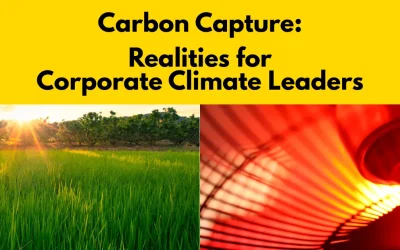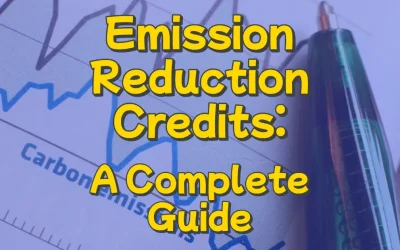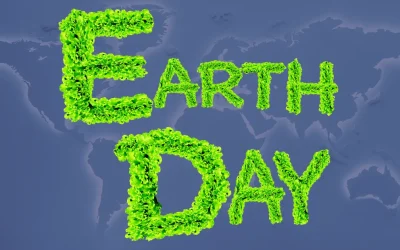In today’s world, the need for sustainable and environmentally conscious practices has grown increasingly urgent. As the global community continues to grapple with the impacts of climate change, the critical importance of carbon capture and its role in mitigating greenhouse gas emissions cannot be overstated. At Dynamic Carbon Credits, we are dedicated to shedding light on the significance of carbon capture and its potential to pave the way for a more sustainable and resilient future.
Carbon capture, also known as carbon capture and storage (CCS), is a crucial technology designed to prevent the release of large quantities of carbon dioxide (CO2) into the atmosphere. This innovative process involves capturing CO2 emissions produced from industrial processes and power generation, transporting it to a suitable storage location, and then securely storing it underground to prevent its release into the atmosphere. The primary objective of carbon capture is to reduce the concentration of CO2 in the atmosphere, thereby mitigating climate change and its associated environmental, social, and economic impacts.
The urgency of investing in and advancing carbon capture technologies is underscored by the increasingly visible effects of climate change worldwide. From extreme weather events and rising sea levels to the loss of biodiversity and disruptions in global agricultural patterns, the consequences of a warming planet are far-reaching and demand decisive action. Carbon capture stands as an essential tool in our collective efforts to limit global warming and safeguard the well-being of current and future generations.
One of the key reasons why carbon capture is so important lies in its potential to decelerate the rise in atmospheric CO2 levels. By intercepting CO2 emissions at their source and preventing their release into the atmosphere, carbon capture technology plays a pivotal role in significantly reducing greenhouse gas emissions. This, in turn, contributes to the mitigation of climate change and fosters a more sustainable global environment.
Furthermore, carbon capture offers a viable solution for addressing CO2 emissions from industrial processes and fossil fuel-based power generation, which have historically been significant contributors to global greenhouse gas emissions. By implementing carbon capture technologies in these sectors, we can effectively curb their environmental impact and pave the way for a cleaner, more sustainable energy landscape.
In addition to mitigating greenhouse gas emissions, carbon capture has the potential to revitalize and strengthen industries that have traditionally been major sources of CO2 emissions. By integrating carbon capture technology into industrial processes, we can ensure the continued viability of these industries while drastically reducing their environmental footprint. This not only aligns with our commitment to sustainability but also promotes economic growth and job creation within these sectors.
Moreover, the significance of carbon capture extends beyond its immediate environmental impact. It also holds the potential to facilitate the transition to a low-carbon economy while ensuring energy security and resilience. By harnessing the capabilities of carbon capture technologies, we can foster the integration of renewable energy sources and the advancement of sustainable energy systems, laying the foundation for a more resilient and environmentally conscious energy landscape.
At Dynamic Carbon Credits, we recognize the critical role that carbon capture plays in the pursuit of a sustainable future. Through our commitment to promoting carbon neutrality and offsetting, we aim to raise awareness about the immense potential of carbon capture technologies in mitigating climate change and advancing environmental sustainability. We firmly believe that by embracing and investing in carbon capture solutions, we can collectively steer the trajectory of our planet toward a more sustainable and thriving future.
In conclusion, the imperative of carbon capture cannot be overstated in our mission to combat climate change and build a sustainable future. By prioritizing the development and deployment of carbon capture technologies, we can significantly curtail greenhouse gas emissions, revitalize industries, and expedite the transition to a low-carbon economy. At Dynamic Carbon Credits, we are dedicated to championing the pivotal role of carbon capture in shaping a more sustainable and resilient world. It is our unwavering belief that by harnessing the capabilities of carbon capture, we can effect transformative change and safeguard the well-being of our planet for generations to come.
Learn even more about carbon capture here.
Let’s Work Together!
Dynamic Carbon Credits is ready to show you how to solve your most pressing business challenges. Contact us today and begin seeing the results!





